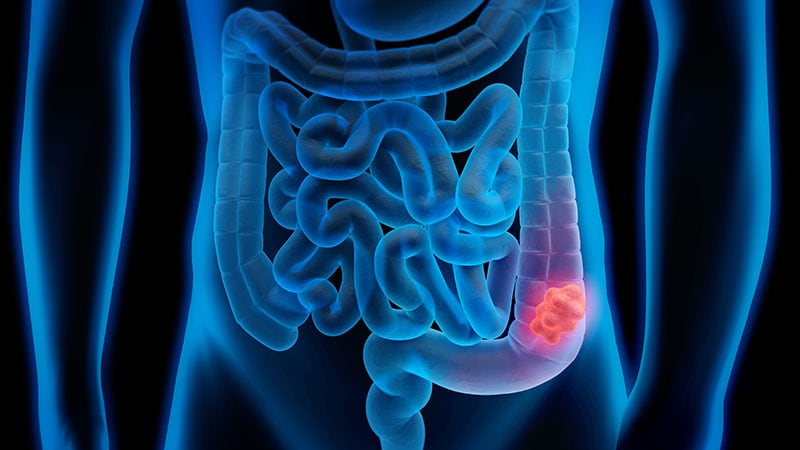Infection rates with SARS-CoV-2 did not decline during the initial phase of England's third national lockdown and may have increased, according to interim results from the ongoing REACT-1 study from Imperial College London (ICL).
Researchers warned that until prevalence of the virus is reduced substantially, health services would remain under "extreme pressure" and the number of deaths caused by the pandemic would increase rapidly.
"Whether it’s [infection rates] going up or level, the fact that it's not going down, has potentially serious consequences," warned Steven Riley, professor of infectious disease dynamics at ICL.
Researchers also revealed that COVID-19 is disproportionately affecting people living in large households, those in deprived neighbourhoods, and people of Black and Asian ethnicity.
Healthcare and care home workers were also among those at higher risk of testing positive for COVID-19 compared to other workers.
Infection Rate Increases
Swab tests from 142,909 people obtained between January 6 and January 15 indicated that 1.58% of people had the SARS-CoV-2 virus – a more than 50% increase since the previous round of testing in late November and early December when the figure was 0.91%.
January's figure was the highest recorded since the start of the REACT-1 study in May 2020.
Prevalence in the latest round was highest in London at 2.80%, more than twice the 1.21% recorded last month.
Month-on-month increases were also seen in other English regions, most notably:
- South East from 0.75% to 1.68%
- East from 0.59% to 1.74%
- West Midlands from 0.71% to 1.76%
- South West from 0.53% to 0.94%
However, a decrease in prevalence was seen in the North West and Yorkshire and the Humber.
Prevalence was broadly similar between the two latest rounds in the East Midlands and the North East.
In households of more than seven people, positive swab tests were found in 3.46% of people, compared to 1.20% in single-person households.
Prevalence among Black participants was 3.42%, and among Asian participants the figure was 2.61%. That compared to 1.45% among White participants.
People living in the poorest neighbourhoods were also substantially more at risk of infection than those in the most affluent areas, the figures showed.
New Variant
The researchers said it was likely that an increase in transmissibility of the SARS-CoV-2 virus due to the B.1.1.7 variant would have accounted for the increase in positive swab tests. "We know the vast majority in the current data are probably variant, and in prior rounds only a minority, certainly in most regions, were affected by the variant," said Prof Paul Elliott, director of the REACT programme, and chair in epidemiology and public health medicine at ICL.
Matt Hancock, England's Health Secretary, commented on Twitter: "These findings show why we must not let down our guard over the weeks to come."




